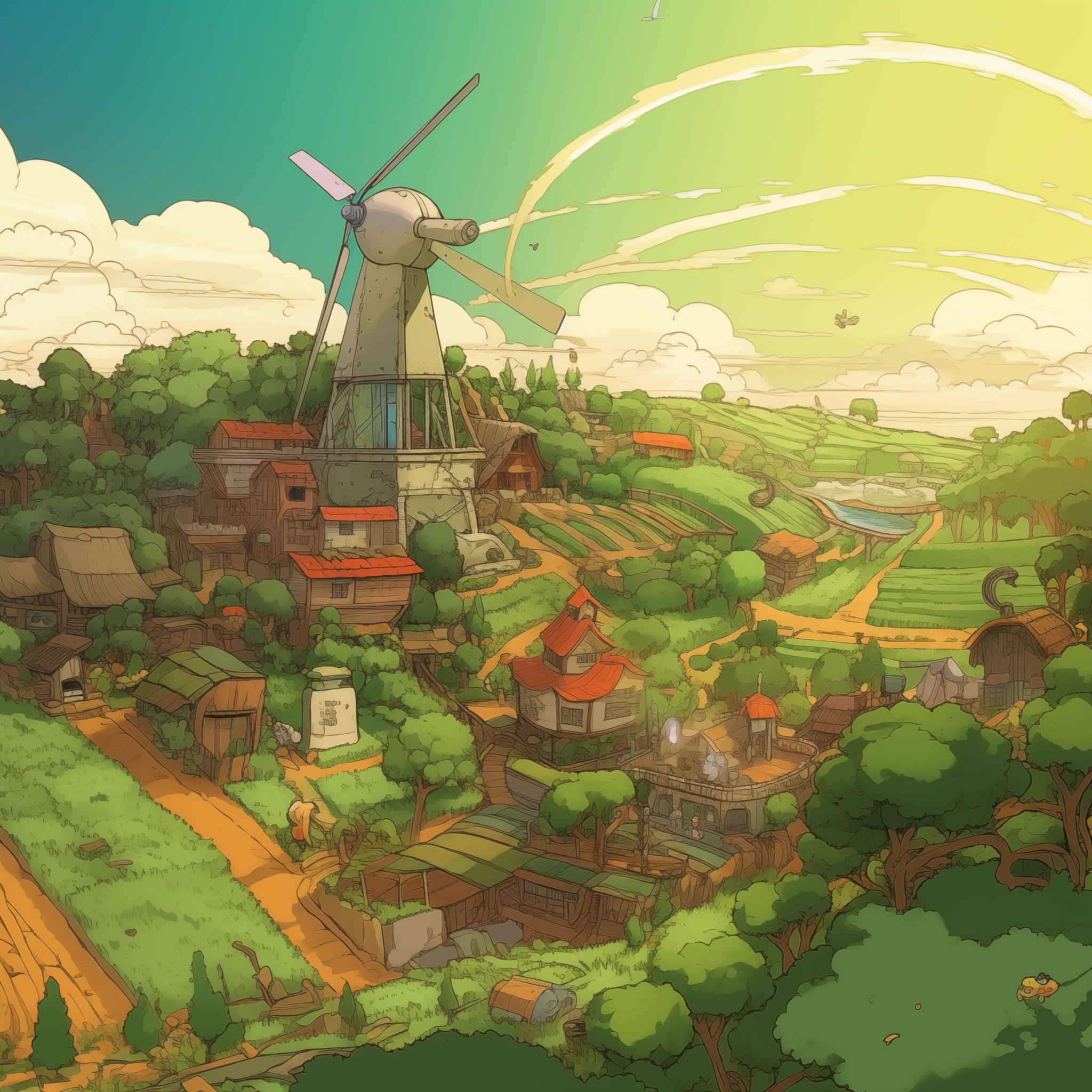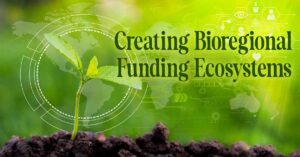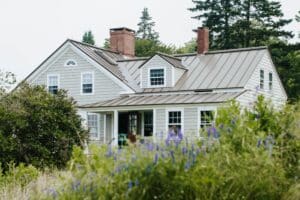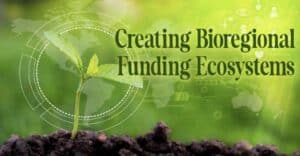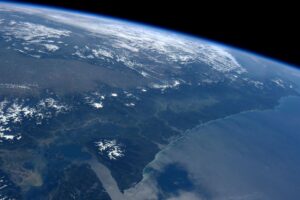Zoom recording is here. YouTube Video coming soon.
Summary of Bioegional Education Guild Meeting
The team discussed strategies for managing sensitive discussions during meetings, including the option to pause or stop recording if needed. The team decided to meet for 90 minutes every Thursday with an agenda that included a check-in, representative reports, and discussions on group roles. They also planned to review two documents related to their identity and function. Towards the end of the meeting, Clare proposed a survey to map out existing resources and identify potential next steps for the project.
Managing Sensitive Discussions Strategy
Paul proposed a strategy for managing sensitive discussions during meetings, offering the option to pause or stop recording if needed. The team decided to meet for 90 minutes every Thursday, with an agenda that included a check-in, representative reports, and discussions on group roles. The team planned to review two documents related to their identity and function. Paul suggested using a round to gather feedback and make necessary course corrections based on the group’s consensus. The team also discussed their expectations, concerns, and roles within the group. No explicit decisions or action items were made, but several topics were highlighted for further discussion.
Website Organization and Collaboration
Paul and Brandon discussed the organization and functionality of their website, with a focus on the Bioregional Education group. They explored the potential for group collaboration and decision making, and the possibility of using the platform for various subgroups. Brandon demonstrated the website’s features, including a public-facing page, upcoming events, and a community hub, and emphasized the importance of user interaction. Clare raised a concern about the membership process, which Brandon and Paul acknowledged needs updating.
Subgroup Formation for Improved Communication
Paul, Brandon, and others discussed the creation of subgroups within their existing group to improve communication and avoid information overload. Brandon suggested starting with forum threads for each sub-project and evaluating which ones become active. They also discussed the potential need for private groups or discussions for confidential conversations. The team agreed to avoid creating too many groups that could lead to isolation. The team also clarified that while the group page is publicly accessible, the group itself is only visible to signed-in members.
Structure, Silos, and Self-Organization
The team discussed the potential challenges and benefits of group and forum structure within their system. They considered the possibility of creating discussion threads instead of subgroups to prevent silos and enhance cross-pollination. The role of the stewardship team in monitoring and guiding information flow was also discussed. Additionally, the team agreed to explore the possibility of assigning the same forum to two groups. The importance of transparency and the need to balance structure and self-organization were highlighted.
Forum Migration and Beta Testing
The team discussed the creation of a new forum to facilitate discussions. The team decided to initiate the migration of their group to these forums. They also explored the idea of Beta testing and invited others to join the forum. A suggestion was made to create a community blog where members could share articles and resources. The team agreed to consider this idea and place it in their parking lot for future discussion.
Portland’s Bioregional Learning and Regeneration Efforts
Paul and Kwin discussed the ongoing efforts in Portland. Kwin highlighted two main groups, a Bio regional learning and education initiative and a weekly meeting group named “Regenerate Portland”. The Regenerate Portland group focuses on getting to know each other and their interests, with potential projects including guilds offering various services. Megan, a member of the group, proposed the idea of a bioregional learning center on the Johnson Creek watershed, which could host programs, community gatherings, and workshops. Kwin mentioned that they are collaborating with the Portland public schools district and various nonprofits to facilitate design sessions and education programs.
Funding, Restoration, and Community Engagement
The meeting revolved around the topic of funding and community restoration projects, with a particular focus on the Johnson Creek watershed. Paul and Kwin discussed the potential for microgrants to support community-led restoration projects and the opportunity to enhance community engagement in these projects. The conversation also touched on the concept of bioregional learning centers and the potential for these to form their own group within the larger framework. Towards the end of the meeting, Clare proposed a survey to map out existing resources and identify potential next steps for the project. The team agreed to allocate the remaining time to discuss this proposal.
Creating Educational Resource Database
Clare proposed the creation of a searchable database of educational resources and suggested sending out a survey to active individuals to gather information about their resources and research areas. Brandon suggested having a dedicated meeting for asset mapping and integrating it with the website. Paul and Clare discussed the data work involved in this project, including survey construction and data analysis. They agreed to have a side meeting to further discuss the project, possibly involving other team members.
Work Session Organization and Time Management
The team discussed the organization of a dedicated work session on a proposed topic, possibly to be held on the twelfth at 3 pm. They considered the potential end users and the possibility of expanding to other regions, including Oregon. Paul proposed maintaining the same document for recording notes and tasks, and offered to continue as secretary. The team discussed reaching out to other groups doing similar work and the possibility of expanding to other regions. They also agreed to continue their discussions in a new thread in their guild. Clare brought up the topic of time management during meetings, suggesting that assigning specific times to agenda items might help contain discussions. The team also acknowledged the success of their previous collaboration.
Next Steps
- Paul will continue to facilitate meetings every Thursday at the same time and place.
- Brandon will explore the possibility of moving conversations from Telegram to the Bioregional Education Guild community page.
- Brandon will consider creating forum threads for subgroups or projects and making them public or private as needed.
- Kwin will follow up about the unconference stuff.
- Create forum threads for the group to migrate to and start discussions.
- Consider having a separate group type for bioregional learning centers.
- Schedule a dedicated meeting for the asset mapping project on Friday, January 12th at 3 PM.

